
Orphic Theogony: Thanes and the Great Cosmic Egg
While Hesiod’ Theogony remains the standard, orthodox version of theogony (i.e. the story of the origin and genealogy of the gods) to the ancient Greeks, there exists an alternate tradition attributed to pseudo-historical and somewhat mythical…

Ancient Persian Theology: Zarathustra and the Avesta
In the 2nd and first millennium BCE, some 1500 years before Christianity and the Roman Empire spread throughout the Mediterranean and Middle East, we see evidence of the prevalence of a faith that has come to be known as Zoroastrianism, a…
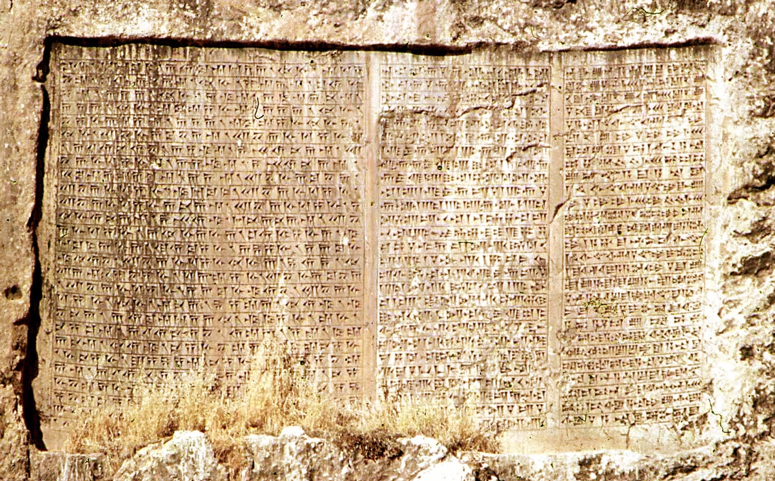
The Enûma Eliš: Sumer- Babylonian Creation Mythos
Like all ancient mythological traditions, in order to have a contextual understanding of ancient myth and the culture within which it evolved, one must look at the historical and archeological record, along with the extant textual and writing…
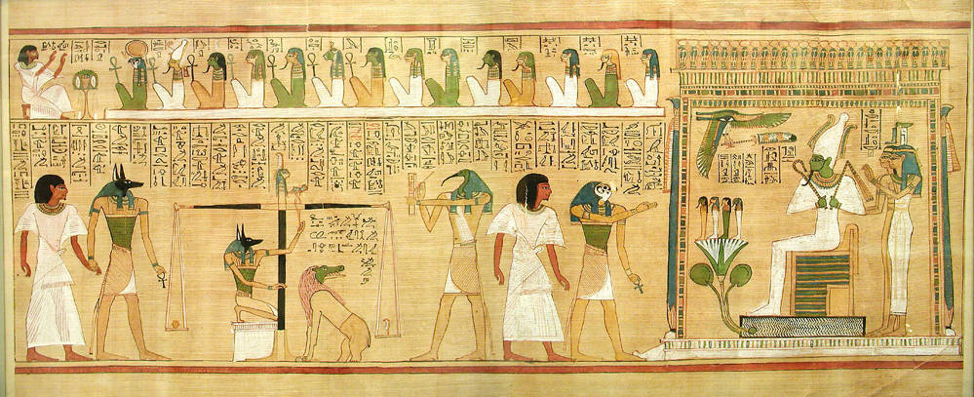
Ancient Egyptian Mythos: The Weighing of the Heart, Ra and Ma’at
Perhaps the earliest mythological tradition we find documented, or evidence of, is that of the ancient Egyptians, a culture and civilization that evolved out of the settlement of the Nile delta river region in Northern Africa around the turn…
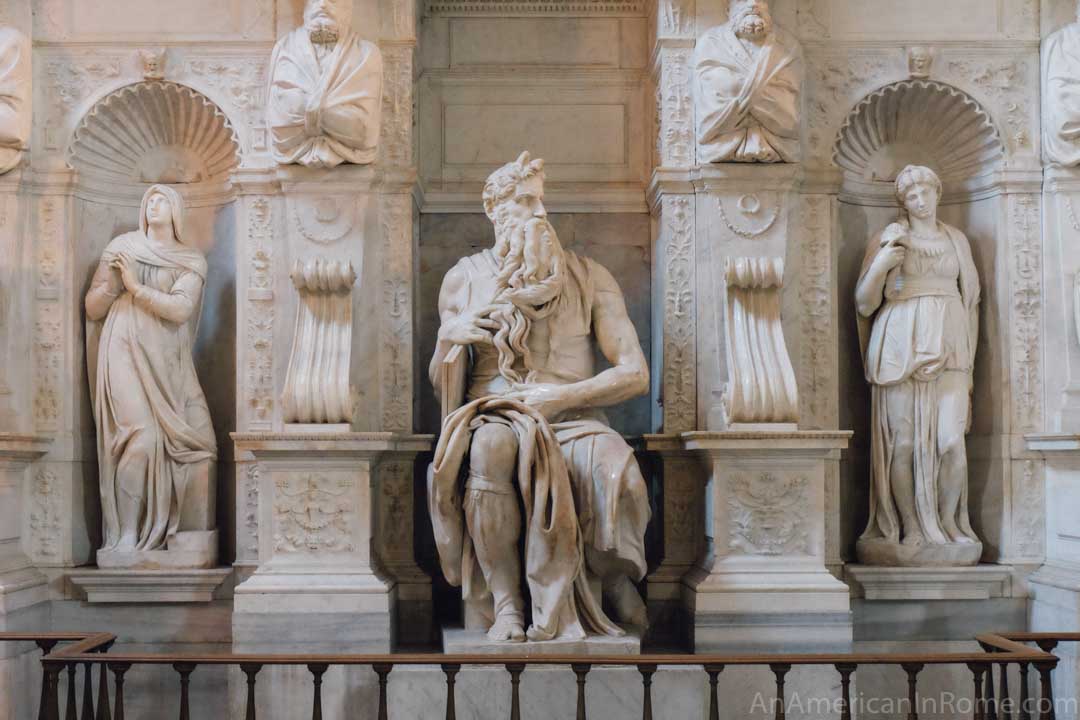
The Ancient Hebrews: The Tanakh, Torah and Five Books of Moses
As a specific example of how a word, a concept, can be disfigured and lose its fullness and richness of meaning as it moves through successive languages of translation and cultural evolution, let’s look at how the Hebrew word Torah, which…

From Language to Writing: The Dawn of History
The development of alphabet based language systems in general, a development that occurs in the Mediterranean at around the end of the second millennium BCE or so, represents a major evolution in the history of mankind. It’s invention, if…
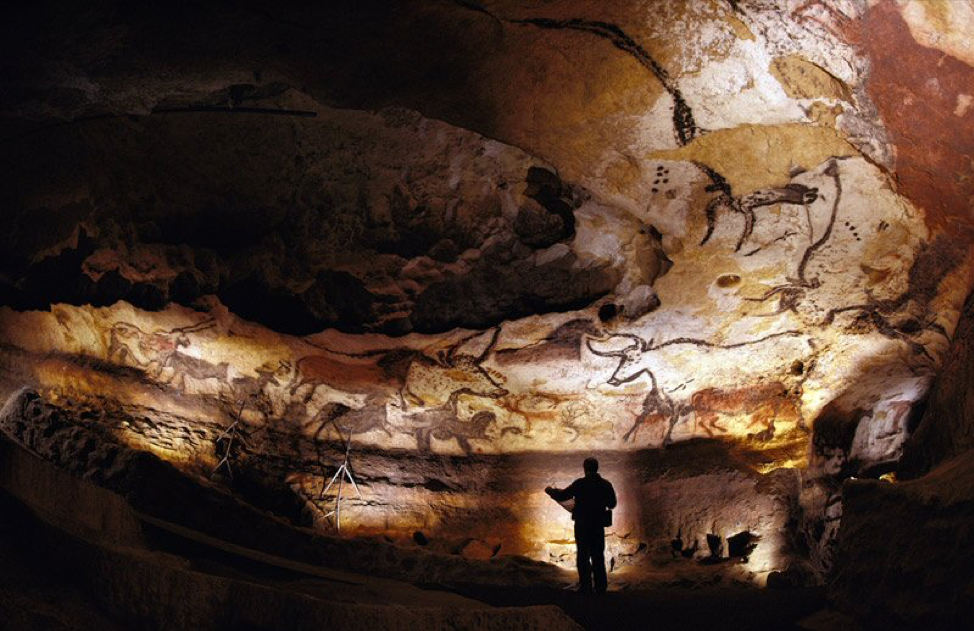
A Brief History of Modern Man: The Laurasian Hypothesis
The genesis of this work stemmed from an initial seed thought, an idea as it were. A question really, “Is it possible that the basic metaphysics underlying the theo-philosophy of the ancient Chinese as well as the Greeks, stemmed from the…
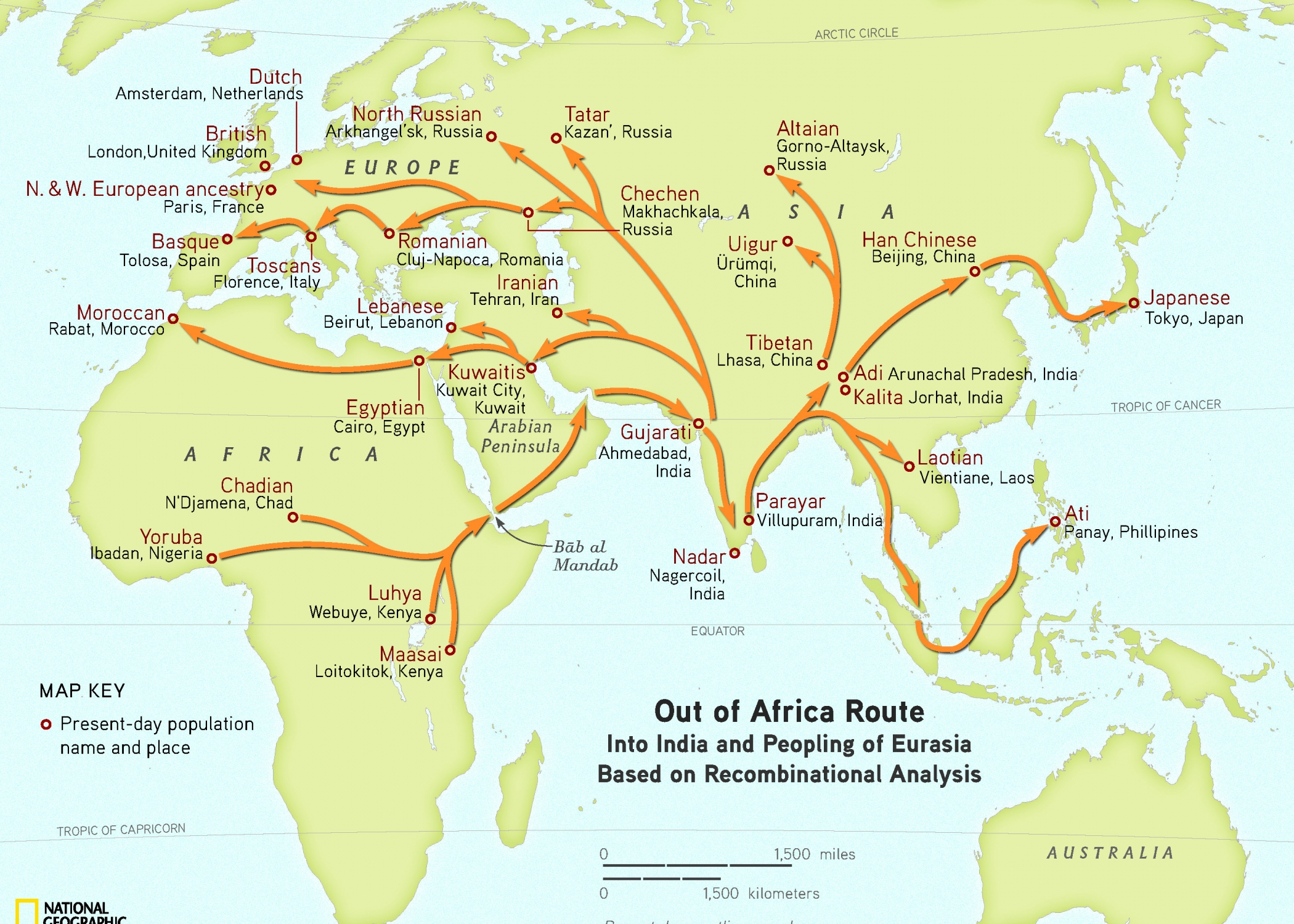
Overarching Themes: The Laurasian Hypothesis and a New Metaphysics
While we have attempted to describe the nature of the work, and its underlying “purpose”, in Aristotelian terms[1], whenever the author stops to think about it, or whenever he is asked “why” he’s doing it, there never appears to be…
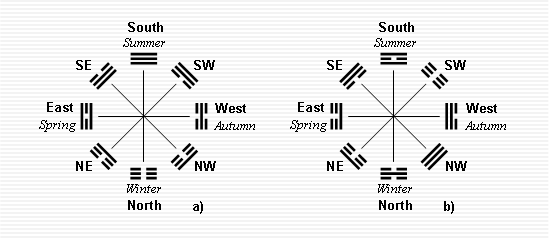
The Hetu and Luoshu Diagrams: Numerology in Chinese Antiquity
via The Hetu and Luoshu Diagrams: Numerology in Chinese Antiquity
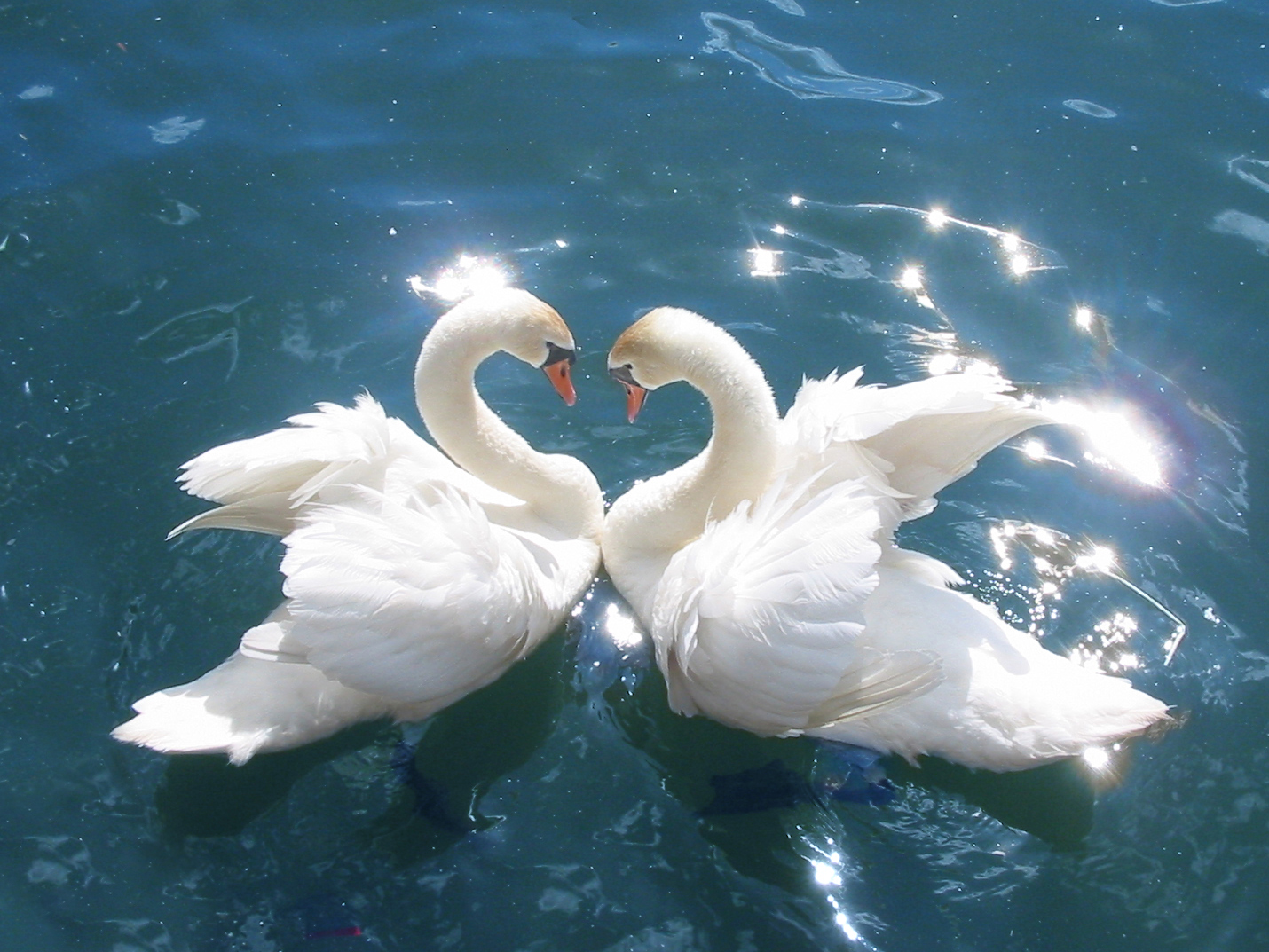
Meditation as a Mystical Art: A Bridge Through Time
Meditation then, in the context of the fairly lengthy discussions and treatment of this specific discipline, or practice, throughout this work (primarily through an Indian theo-philosophical lens) is a fundamentally aspect of, a core component…
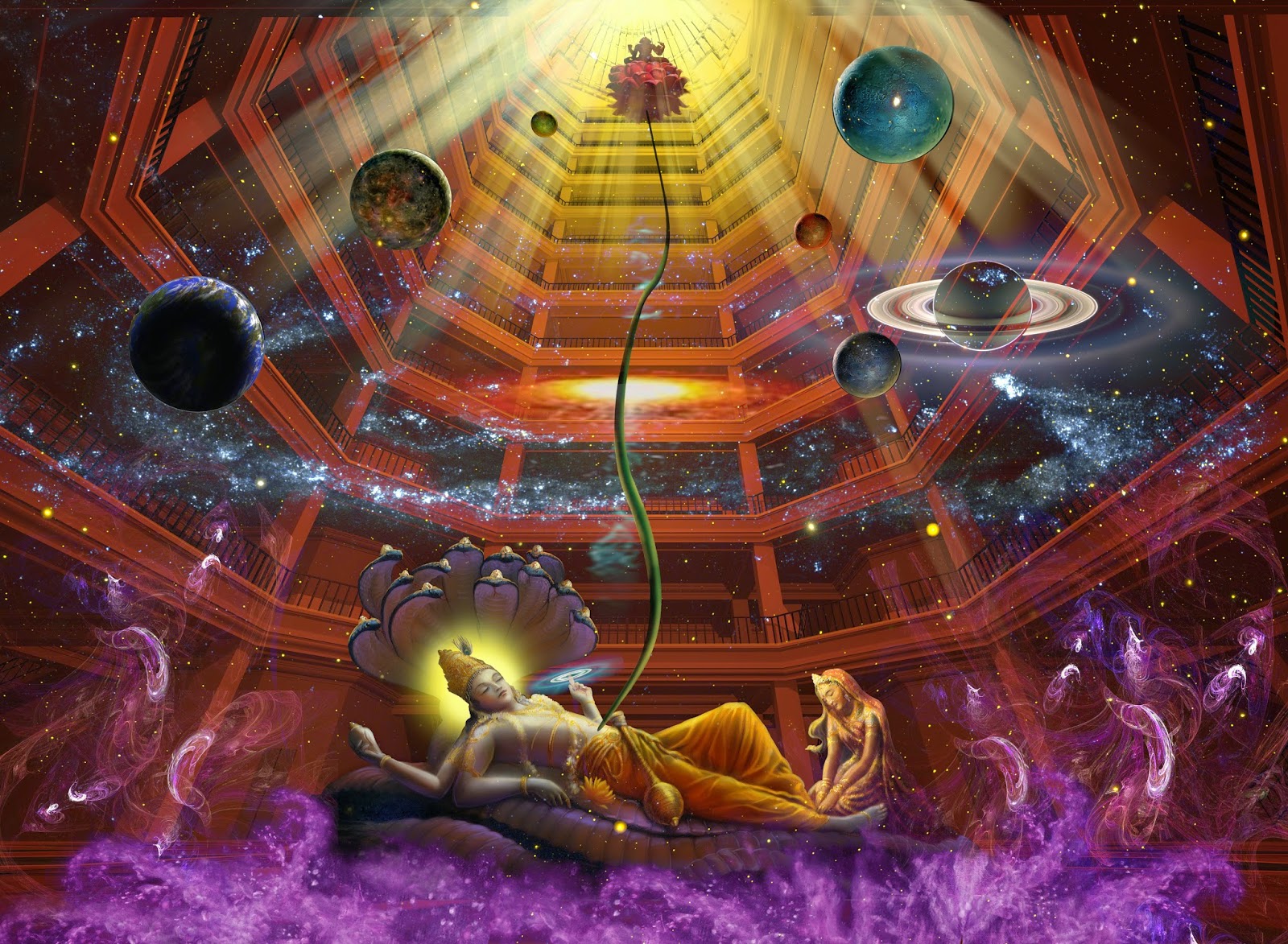
A Brief History of the Mystical Arts: Beyond Yoga (Excerpt from Intro of latest work)
The terms mysticism and meditation are used throughout this work, in particular with respect the analysis and study, i.e. the “interpretation”, of the life and teaching of a 19th century Bengali/Indian sage called Paramhamsa Ramakrishna,…
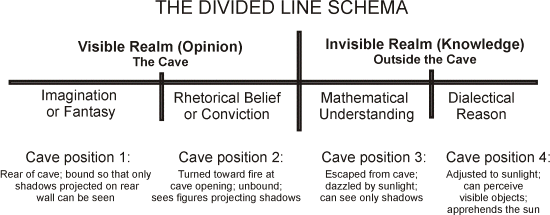
Plato’s Metaphysics: Being and Becoming
Perhaps Plato’s greatest contribution to Western philosophy is the idealism embedded in his Theory of Forms, which in essence breaks down existence itself as not only a physical world of inanimate and animate objects, but a theory of knowledge…
